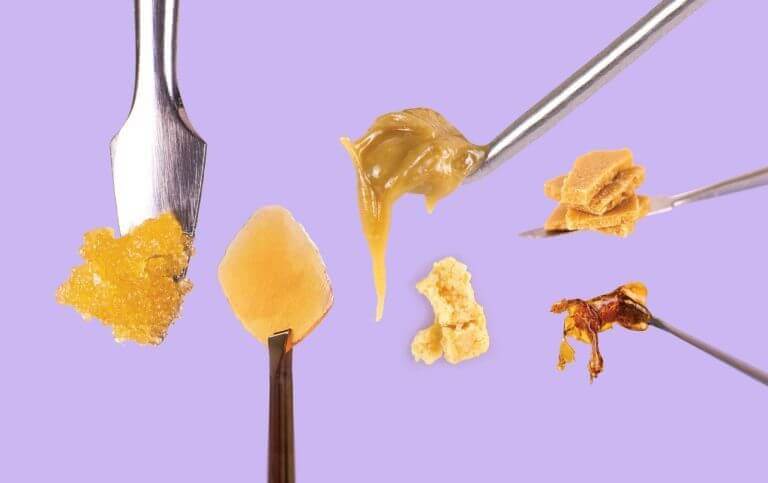Harvesting in the context of cannabis refers to the process of gathering mature cannabis plants and collecting the buds or flowers for consumption, processing, or further cultivation. It is a crucial stage in the cultivation cycle and determines the quality, potency, and overall characteristics of the final product.
The timing of the harvest is a critical factor in achieving the desired effects and flavors. Harvesting too early may result in underdeveloped buds with lower cannabinoid and terpene content, leading to a milder or less potent product. On the other hand, harvesting too late may result in overripe buds with degraded cannabinoids and an increased likelihood of mold or mildew growth.
Here are some key considerations and steps involved in the cannabis harvesting process:
- Monitoring trichomes: Trichomes are tiny resin glands on the surface of the cannabis flowers that contain cannabinoids, terpenes, and other compounds. The color and appearance of trichomes are often used as indicators of ripeness. Clear or translucent trichomes indicate an early stage, while milky or cloudy trichomes signify peak ripeness and maximum cannabinoid content. Amber or brown trichomes indicate a later stage and may suggest potential degradation.
- Flushing: Before harvest, many cultivators opt to “flush” the plants by watering them with pure water or a flushing agent. Flushing helps remove any residual nutrients or chemicals from the soil, promoting a cleaner and smoother smoking or vaping experience.
- Cutting and trimming: Once the plants are deemed ready for harvest, they are cut at the base of the main stem. Afterward, the larger fan leaves are removed, leaving behind primarily the bud material. Trimming involves removing excess leaves and stems from the buds, which improves the appearance and overall quality of the final product.
- Drying and curing: After trimming, the harvested buds are typically dried in a controlled environment with low humidity and proper ventilation. This process helps remove moisture from the plant material and initiates the curing process. Curing involves storing the dried buds in airtight containers in a cool, dark place for a period of time, typically a few weeks to a few months. Curing allows for further moisture removal, oxidation of certain compounds, and development of desired flavors, aromas, and smoothness.
- Storage: Once the buds are properly dried and cured, they can be stored in airtight containers, such as glass jars, in a cool and dark location. Proper storage helps maintain the quality, potency, and freshness of the cannabis over an extended period.
It’s worth noting that the specific techniques and approaches to harvesting may vary depending on personal preferences, strain characteristics, and cultivation methods. Some cultivators may prefer to harvest the entire plant at once, while others may choose to harvest in stages, selectively cutting mature buds as they become ready.








